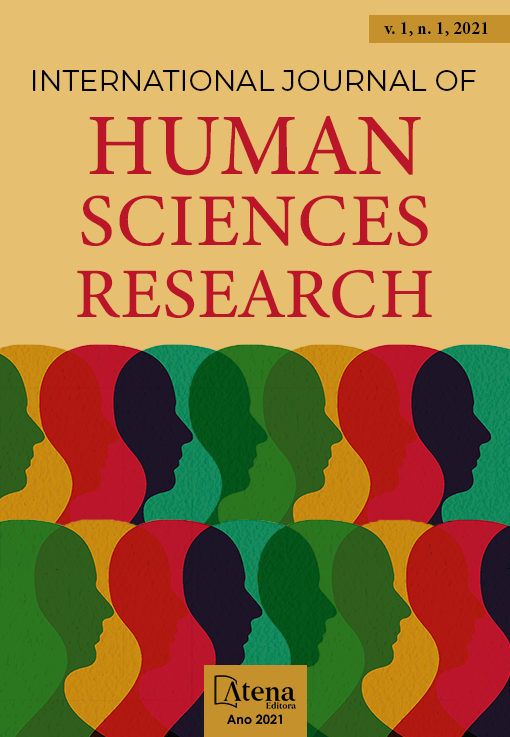
CIRCULAR ECONOMY AS AN ALTERNATIVE TO BETTER USE OF NATURAL/ECONOMIC RESOURCES AND TO CONTRIBUTE TO SUSTAINABLE DEVELOPMENT GOALS: A case study in pig farming.
Economies across the planet face a context of scarcity of raw materials and environmental problems, and the need to use resources more efficiently is evident. One possibility is the transition from Linear Economy to Circular Economy, since this model allows the return to the productive chain reflected by the same or other product sectors. In order to foster this transition from the environmental economic model, the Federation of Industries of Minas Gerais (FIEMG), launching the Circular Economy Program in Industrial Districts which aims to identify collective business opportunities within an Industrial District (DI), highlighting if Granja Barbosa, a company in the swine sector located in Minas Gerais. This article aims to describe and analyze the adoption of the assumptions of Economy mapping circular as actions incorporated by the farm, as well as the environmental and economic benefits of these as well as contributions to the Sustainable Development Goals- SDG. As methodological tools, we used an on-site visit and an interview with the entrepreneur on aspects related to the practices of activities aimed at recycling, regenerating, sharing, optimizing and exchanging waste. In addition, it uses the Circular Transition Indicators (CTI) developed by the World Business Council for Sustainable Development (WBCSD, 2020), adapting the model used in the investigation by Fadel (2021). As a result, gains can be seen in all the actions analyzed, such as a reduction of 87.75% in the monthly consumption of electricity using the property, which highlights the importance of the environmental economic model and motivates its adoption by similar or even similar colleagues.
CIRCULAR ECONOMY AS AN ALTERNATIVE TO BETTER USE OF NATURAL/ECONOMIC RESOURCES AND TO CONTRIBUTE TO SUSTAINABLE DEVELOPMENT GOALS: A case study in pig farming.
-
DOI: 10.22533/at.ed.5582121104
-
Palavras-chave: Sustainable Development. Linear Economy. Circular Economy. Sustainable Development Goals.
-
Keywords: Sustainable Development. Linear Economy. Circular Economy. Sustainable Development Goals.
-
Abstract:
Economies across the planet face a context of scarcity of raw materials and environmental problems, and the need to use resources more efficiently is evident. One possibility is the transition from Linear Economy to Circular Economy, since this model allows the return to the productive chain reflected by the same or other product sectors. In order to foster this transition from the environmental economic model, the Federation of Industries of Minas Gerais (FIEMG), launching the Circular Economy Program in Industrial Districts which aims to identify collective business opportunities within an Industrial District (DI), highlighting if Granja Barbosa, a company in the swine sector located in Minas Gerais. This article aims to describe and analyze the adoption of the assumptions of Economy mapping circular as actions incorporated by the farm, as well as the environmental and economic benefits of these as well as contributions to the Sustainable Development Goals- SDG. As methodological tools, we used an on-site visit and an interview with the entrepreneur on aspects related to the practices of activities aimed at recycling, regenerating, sharing, optimizing and exchanging waste. In addition, it uses the Circular Transition Indicators (CTI) developed by the World Business Council for Sustainable Development (WBCSD, 2020), adapting the model used in the investigation by Fadel (2021). As a result, gains can be seen in all the actions analyzed, such as a reduction of 87.75% in the monthly consumption of electricity using the property, which highlights the importance of the environmental economic model and motivates its adoption by similar or even similar colleagues.
-
Número de páginas: 15
- Ana Luiza Carvalho Fadel
- Luciana Branco Penna


